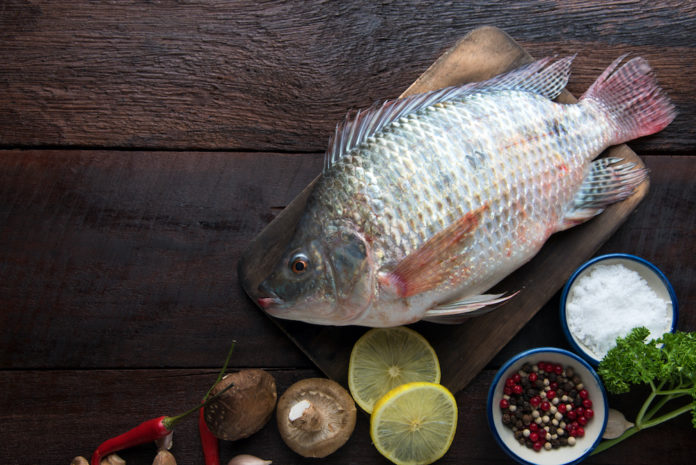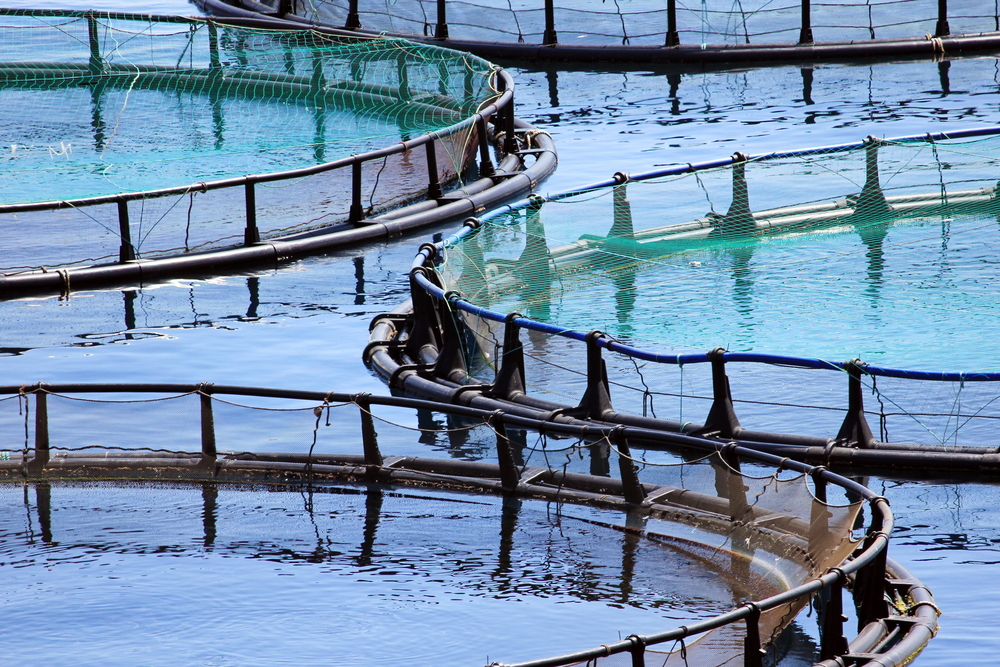It seems like almost every time we turn around, we’re faced with conflicting information about nutrition. Fat was once vilified by doctors and conscious consumers, but today, many are touting the benefits of healthy fats and eschewing gluten and sugar instead. And with so many news sources at our fingertips, things have gotten even more confusing. How do you know who to trust about your health?
When it comes to seafood, there are a few common questions that come up over and over again. Here are the facts you need to know to make the best decisions for you and your family.
Do Fish Contain Mercury?
You’ve likely heard concerns about seafood and the presence of heavy metal contaminants such as mercury. These are valid. Mercury is a toxic trace metal that never breaks down or disappears, and which accumulates in the body of fish.
However, not all seafood has elevated mercury levels. According to the FDA, species such as king mackerel, marlin, orange roughy, shark, swordfish and big eye tuna contain the highest amounts, so skip those or consume them in moderation. Most people, including children and pregnant women, can safely enjoy varieties of seafood that contain low levels of mercury—like Tilapia, Pacific sole and shrimp—two or three times per week.
Is Farmed Fish Bad For You?
There’s a lot of buzz around this topic, but the fact of the matter is that not all farmed fish are “bad.” In the case of species like Tilapia, for example, farmed (lake-raised) is the best option, because the cleanliness of the water and mercury levels can be monitored.
Does Farmed Fish Contain Unhealthy Additives?
You may have been told to avoid farmed fish because they’re full of antibiotics or fed poor quality food. Again, this depends on how the fish are raised. It’s impossible to make a blanket statement about seafood overall—so check your labels and do your research. Reputable fish farmers are committed to producing healthy, sustainable stocks with no added chemicals whatsoever.
Look to the country of origin to help guide your choice—Regal Springs Tilapia is raised responsibly in Mexico, Honduras and Indonesia—and try to purchase fish certified by reputable, third-party organizations such as the Aquaculture Stewardship Council for extra assurance.
Some prepared seafood (such as canned tuna) is high in different types of additives, like salt and preservatives, but that’s not the case for all varieties. Simply look for the presence of sodium or other ingredients you don’t recognize on the package. The safest bet is always selecting plain fresh or frozen fish and cooking it at home yourself.
When in Doubt, Ask
Can’t find the information you need on the label? Ask someone working behind the seafood counter at your grocery store. Even better, find a local fishmonger who is connected with their suppliers and can give you detailed information about the origin and specifics of the fish you’re buying. If you still have questions and want to do some online research, always check the information you find against reputable, science-based publications.
Now that you know all about seafood safety, there shouldn’t be anything holding you back from preparing a healthy and delicious fish-filled meal.
For more information about the effects of fish on your health, check out these nutrition myths or read about the benefits of a fish-focused diet.
Photo Credits: Kiattipong / Shutterstock Inc., LADO / Shutterstock Inc., Vladislav Gajic / Shutterstock Inc.








